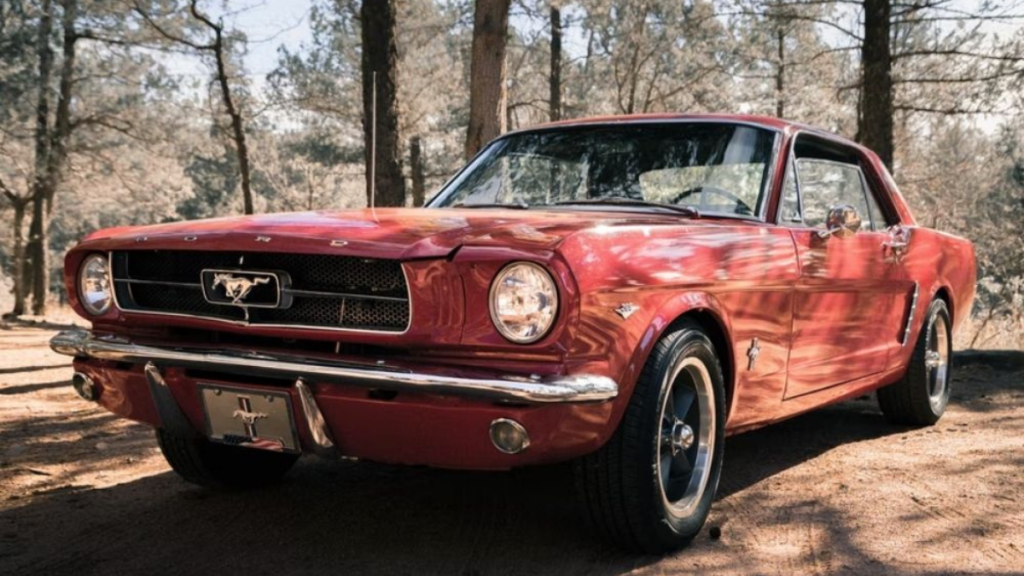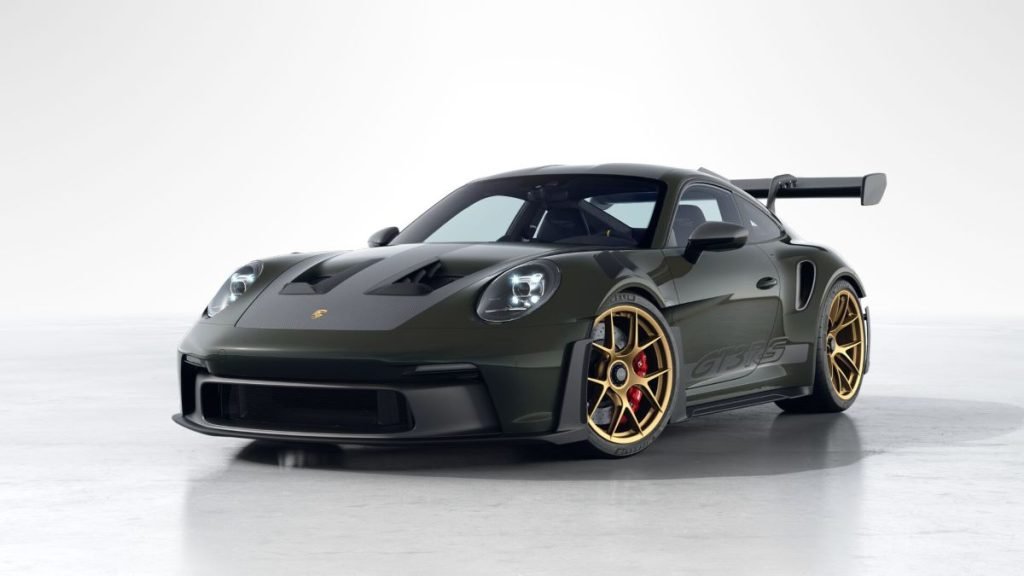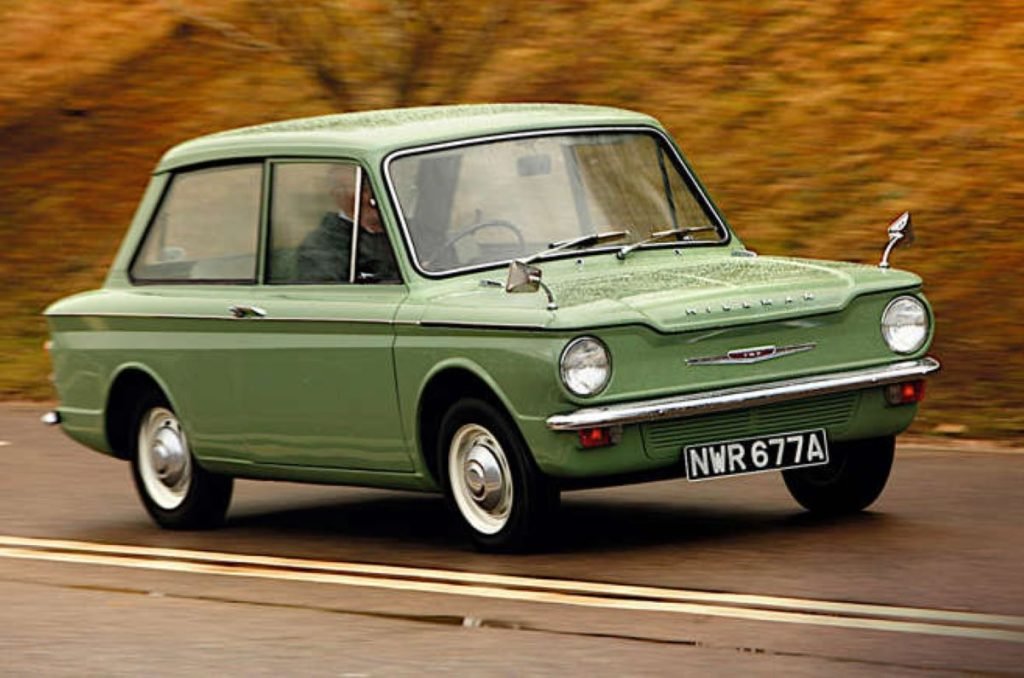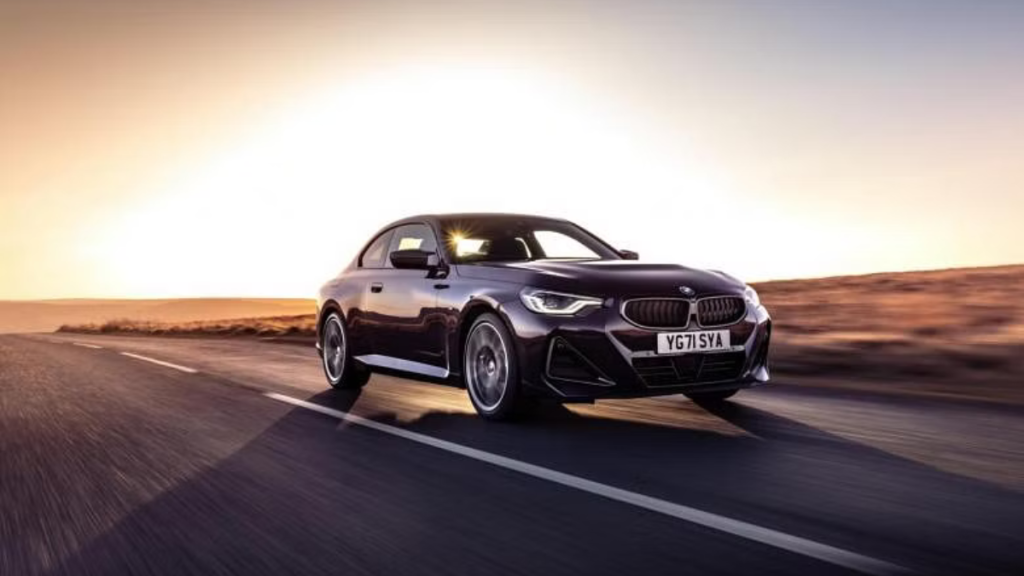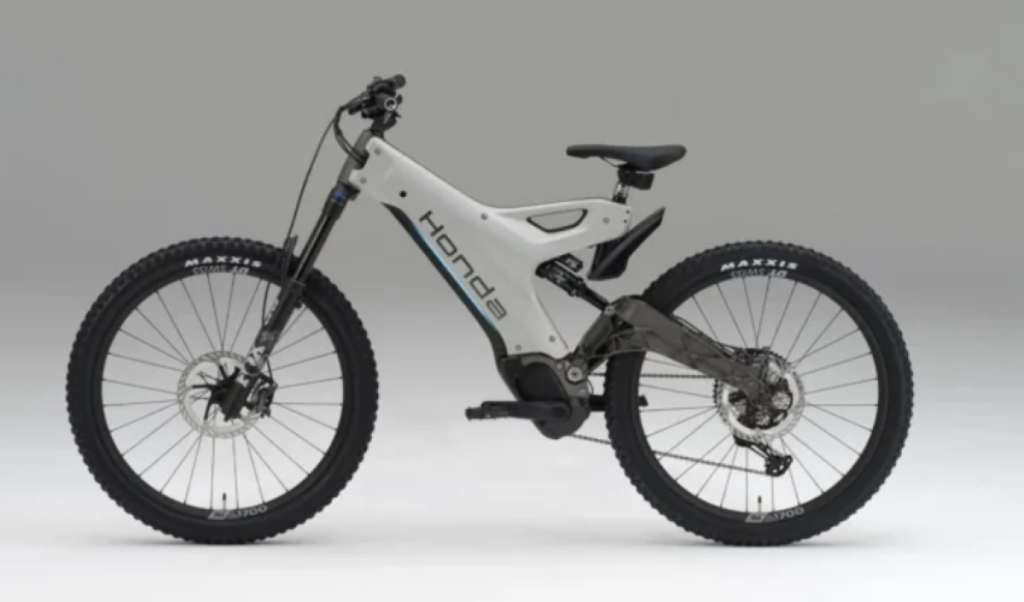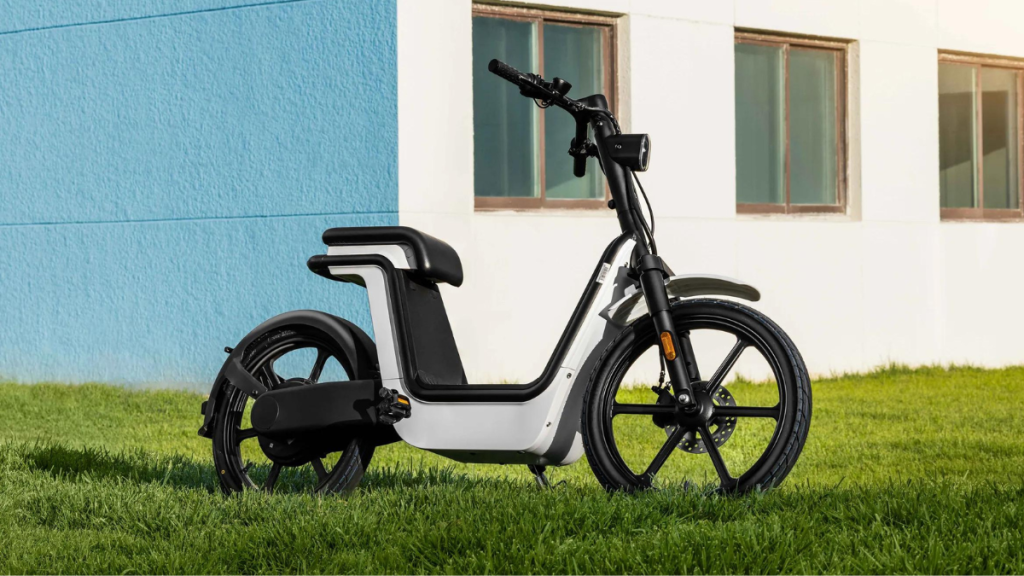Introduction
classic cars world has long been divided on the topic of electrifying vintage automobiles. Is it sacrilege to replace the roar of a petrol engine with the quiet hum of an electric motor? The debate rages on, with enthusiasts clinging to the nostalgia of combustion engines while others embrace the idea of a more sustainable future. In this blog post, we delve into the intricacies of repowering classic cars with electric engines, exploring the factors that make it a viable option and those that may raise eyebrows.
Preserving Petrol Perfection

The author of the original article highlights a crucial point—some classic cars boast exceptionally wonderful petrol engines. The sheer joy of driving a vintage Jaguar with its original XK engine or a Porsche with its iconic flat six is unparalleled. Repowering such gems with electric motors might indeed be sacrilegious, a sentiment shared by many purists in the classic car community. The emotional attachment to the sound, feel, and character of these engines is undeniable.
Caution: Rare and Historical Significance
The caution against repowering rare or historically significant cars is another valid point. Originality holds immense value in the classic car world, and tampering with a vehicle that holds historical importance may be considered disrespectful. The originality of these cars contributes to their rarity and uniqueness, making them a valuable piece of automotive history.

The Practical Side of Electrification of classic cars
Despite the emotional and historical aspects, there’s a practical side to the electrification of classic cars that cannot be ignored. The original article touches upon the challenges of classic engines—being heavy, rough, and often finicky in starting. The image of adjusting the distributor at a traffic light underscores the point that classic cars require constant attention and maintenance.

Moreover, the environmental impact of classic cars, given their limited usage and fuel inefficiency, is a concern. The carbon footprint of classics, even if driven sparingly, adds up globally. Electrification presents an opportunity to reduce this impact and contribute to a more sustainable automotive landscape.
The Cost Conundrum
One significant hurdle in the path of electrifying classic cars is the cost. As the article rightly points out, the conversion often exceeds the value of the car itself. This financial aspect raises questions about the feasibility of such endeavors. Are enthusiasts willing to invest significantly more than the car’s market value to make it electric? The answer is not straightforward, and it largely depends on one’s commitment to sustainability and the desire to modernize a classic.

The Limited Appeal
While the idea of electrifying classic cars is intriguing, it remains a niche market. Classic car enthusiasts, by nature, appreciate the vintage charm, and not everyone is ready to embrace the silent power of electric motors. The emotional connection to the rumble of a classic engine may prove insurmountable for many, limiting the widespread adoption of electric conversions.
Also Read: These are currently the top 20 estates available for purchase.
Conclusion
In conclusion, the debate over electrifying classic cars is nuanced, combining emotional attachment, historical significance, practicality, and environmental concerns. Striking a balance between preserving the authenticity of rare classics and embracing sustainable automotive solutions is the key. Perhaps the future lies in a hybrid approach, where classic cars retain their original engines but also have the option of an electric conversion for those who prioritize eco-friendliness.
As a final thought, the words of a wise friend echo in the background: “The only point of old cars is to make new ones look good.” Whether through electrification or other means, the classic car community must navigate the delicate balance of preserving the past while adapting to a more sustainable automotive future.

